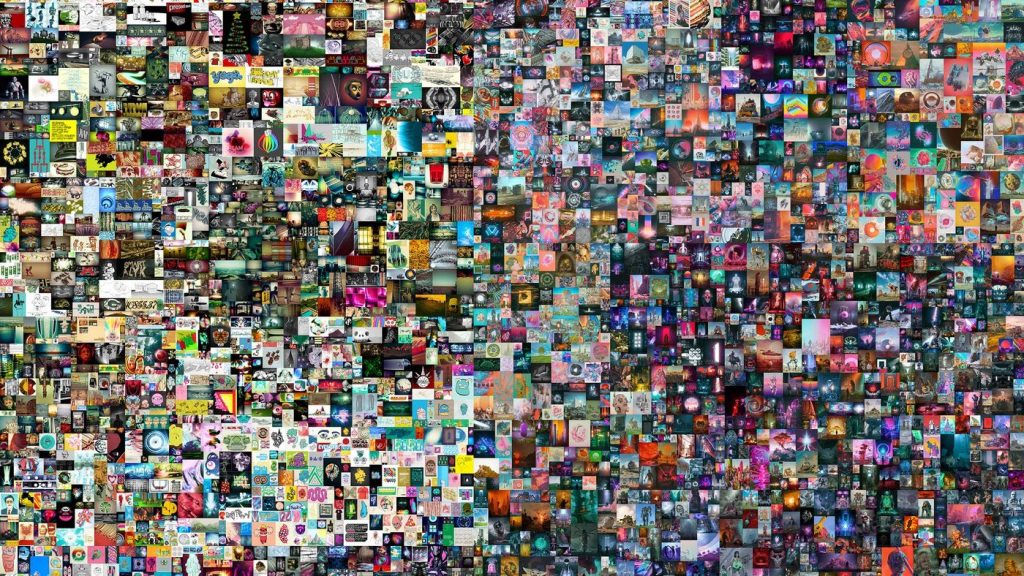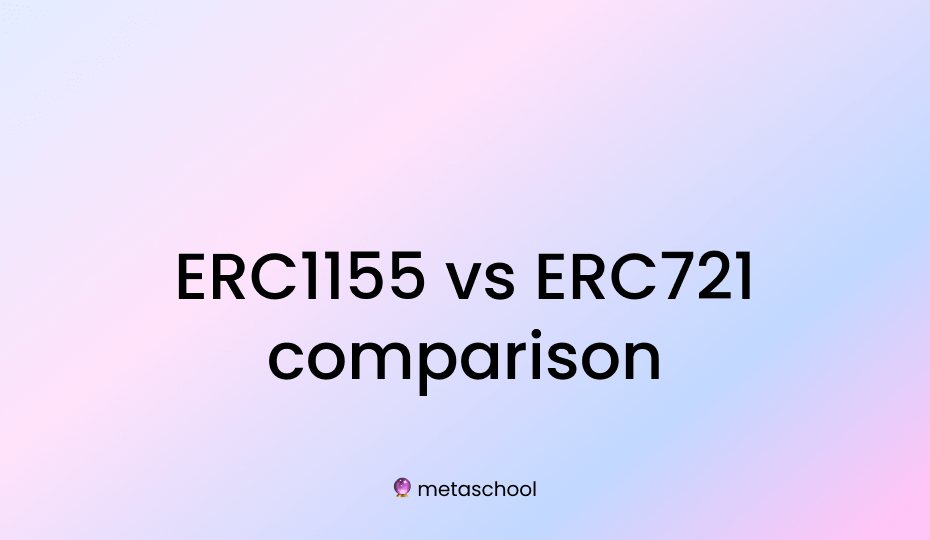Table of Contents
Since the introduction of the ERC-20 standard in 2015, several other token standards have been proposed and developed, including ERC-721 and ERC-1155.
What’s Ethereum Request for Comment (ERC)?
ERC, or Ethereum Request for Comment, is a protocol for proposing improvements to the Ethereum (ETH) network. ERC tokens are digital assets that are built on top of the Ethereum blockchain and adhere to certain standards, allowing them to be easily transferred and exchanged between Ethereum wallets like MetaMask.
The ERC token standard was first introduced in 2015, with the release of the ERC-20 token standard. This standard provided a common set of rules for developers to follow when creating new tokens on the Ethereum network, making it easier for these tokens to be integrated with other Ethereum-based platforms and services.
Since the introduction of the ERC-20 standard, several other token standards have been proposed and developed, including ERC-721 (for non-fungible tokens, such as collectible items) and ERC-1155 (for multi-token transactions). These standards have expanded the capabilities of the Ethereum network and have contributed to its popularity as a platform for building decentralized applications (dApps) and digital assets.
Let’s look at NFTs for a minute
An NFT, or non-fungible token, is a type of digital asset that represents ownership of a unique item. Unlike other cryptocurrencies, which are interchangeable and can be freely exchanged, each NFT is a one-of-a-kind item that cannot be replicated or replaced.
This makes them ideal for use cases where provenance and authenticity are important, such as in the art world, where they have gained significant popularity in recent years. NFTs are typically built on blockchain technology, which allows them to be securely bought and sold while ensuring that their ownership can be easily verified.
But what exactly are the standards that support NFTs and make them possible? That’s where ERC-1155 and ERC-721 token standards come in.
What is the ERC-1155 token?
ERC-1155 is a proposed standard for a single smart contract that can manage multiple Non-Fungible Tokens (NFTs) on the Ethereum Blockchain. NFTs are unique digital assets, such as collectibles or virtual real estate, that cannot be replicated or exchanged for an equal value.
With ERC-1155, users can create, mint, and manage multiple NFTs within one smart contract, reducing the amount of storage and processing required on the blockchain. This makes the process of creating and managing NFTs more efficient and cost-effective.

The ERC-1155 standard was proposed by the Ethereum community in 2018 and is still in the process of being finalized. It builds upon the existing ERC-721 standard, which allows for the creation and management of unique, non-replicable tokens.
However, ERC-721 only allows for the management of one unique token per contract, while ERC-1155 allows for multiple unique tokens. This makes ERC-1155 more suitable for managing a large number of unique tokens.
The potential applications for ERC-1155 are vast. It has already been used for gaming, art, and virtual real estate, and has the potential to be applied to supply chain management and other industries. As the standard continues to be developed and adopted, we can expect to see even more creative and innovative uses for ERC-1155 in the future.
What is the ERC-721 token standard?
First, it’s important to understand that ERC-721 is a type of Ethereum token standard, which means it defines a set of rules that must be followed in order for a digital asset to be considered an ERC-721 token. These rules specify things like how the token can be transferred, how it can be managed, and what information it must include. One popular NFT build on ERC-721 is Cryptokitties.
One key feature of ERC-721 tokens is that they are non-fungible, which means they cannot be replaced or interchanged with other tokens.
Each ERC-721 token is unique and has its own set of characteristics, making it different from all other tokens. This is in contrast to other token standards, such as ERC-20, which are fungible and can be freely exchanged with other tokens of the same type.
The non-fungibility of ERC-721 tokens makes them ideal for representing unique digital assets, such as collectible items, digital art, and in-game assets.
For example, an ERC-721 token could represent a one-of-a-kind digital artwork, a rare in-game item, or a collectible trading card. Because each token is unique and cannot be replicated, it can be bought, sold, and traded like a physical item.

In addition to being non-fungible, ERC-721 tokens also have the ability to be self-owned, which means they are not controlled by a central authority.
This allows the owner of an ERC-721 token to have full control over it, including the ability to transfer, sell, or trade it without the need for approval from any third party. This feature has made ERC-721 tokens popular among creators and enthusiasts of digital collectibles and other unique digital assets.
Overall, ERC-721 is a versatile and widely-used token standard that has enabled the creation of a wide range of unique digital assets on the Ethereum blockchain. It has been adopted by many projects and has gained significant attention in the blockchain and cryptocurrency community.
ERC-721 vs ERC-1155: Comparison
So, what are the main differences between ERC-1155 and ERC-721? Let’s take a look!
- ERC-721 is a smart contract token standard on the Ethereum blockchain that allows for the creation of non-fungible tokens. This means that each ERC-721 token represents a unique asset, like a virtual real estate property or a digital collectible.
- ERC-1155 is also a smart contract token standard on the Ethereum blockchain, but it allows for the creation of both fungible and non-fungible tokens. This means that ERC-1155 tokens can be used to represent things like cryptocurrency, virtual items in a game, or even a unique piece of digital art.
- One key difference between the two standards is that ERC-1155 allows for the creation of multi-token contracts. This means that you can create a single contract that holds multiple different tokens, which can make it easier to manage your assets. ERC-721 does not have this capability.
- Another difference is that ERC-1155 is a more versatile standard, allowing for the creation of a wider range of tokens. ERC-721 is limited to non-fungible tokens only, while ERC-1155 can represent both fungible and non-fungible assets.
- ERC-721 was one of the first standards for creating non-fungible tokens, while ERC-1155 was introduced later. This means that ERC-721 has been around longer and has been used in more projects, but ERC-1155 is quickly gaining popularity due to its added capabilities.
Overall, the main difference between ERC-721 and ERC-1155 is that ERC-1155 is a more versatile standard that allows for the creation of both fungible and non-fungible tokens, as well as multi-token contracts. This makes it a potential game-changer in the world of NFTs.
As a developer, it is important to be familiar with token standards in order to take advantage of the opportunities that tokens offer. The future potential for them is vast, and it will be exciting to see how this technology continues to evolve and innovate. Interested in learning how to create NFTs using different token standards? We’ve got you covered!
